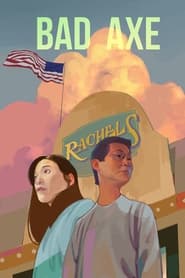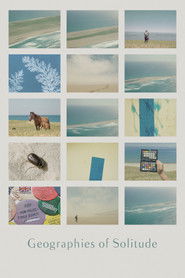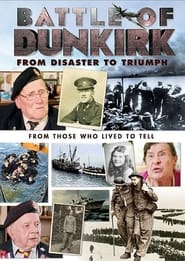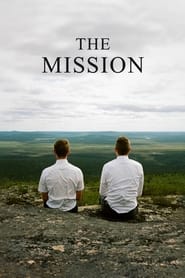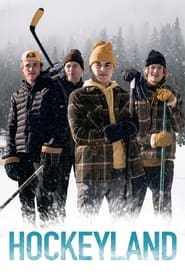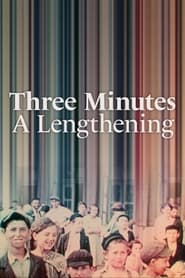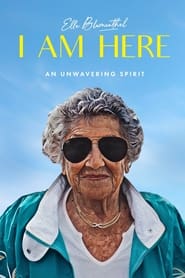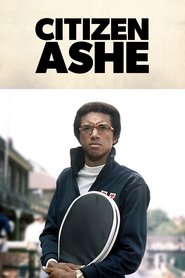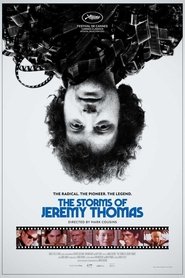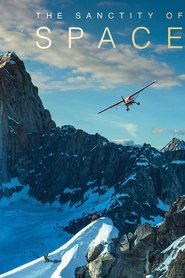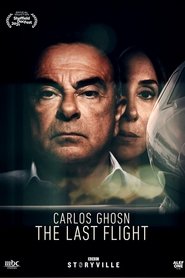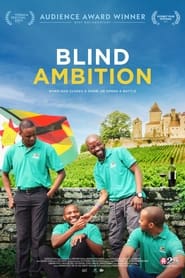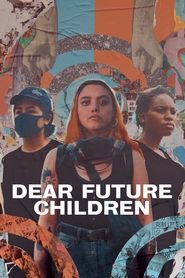Top Rated Documentary Movies on Kanopy - Page 89
-
Bad Axe
2022
Bad Axe
2022
star 6.2A real-time portrait of 2020 unfolds as an Asian-American family in Trump’s rural America fights to keep their restaurant and American dream alive in the face of a pandemic, Neo-Nazis, and generational scars from the Cambodian Killing Fields. -
GameStop: Rise of the Players
2022
star 5.2From the makers of Console Wars comes the origin story of the GameStop stock market phenomenon, featuring exclusive access to the original players who lit the fuse on a historic amateur investor uprising. Spotlighting the human side of a sensational business drama, this documentary is a David vs Goliath tale about ordinary people waking up to the power they have in numbers. -
Geographies of Solitude
2022
star 8An immersion into the rich landscapes of Sable Island and the life of Zoe Lucas, a naturalist and environmentalist who has lived over 40 years on this remote strip of sand. -
Battle of Dunkirk: From Disaster to Triumph
2018
star 7.4Relive the bravery of the Dunkirk veterans in defenseless boats crossing the English Channel to rescue the stranded soldiers from the inferno through their uplifting stories of heroism in a battle that changed the course of WWII. -
The Mission
2022
The Mission
2022
star 5.3Four American teenagers have received a mission from God that takes them from the safety of their remote religion-filled bubbles to the other side of the planet. In the frozen forested lands of Finland, these impassioned, wide-eyed teens confront local Finns, Europe’s most non-religious and private people, and attempt to convert them to their faith, the Church of Jesus Christ of Latter-Day Saints. -
Cat Daddies
2022
Cat Daddies
2022
star 6.3Man has a new best friend in this heartwarming portrait of nine men whose lives have been forever changed by their proud love of cats. -
Hockeyland
2022
Hockeyland
2022
star 5.7In Minnesota’s unforgiving North Country, hockey is life. Over the course of a season, two rival high school programs—one an emergent dynasty, the other steeped in a proud legacy—strive for a coveted state championship. With the hopes of their towns behind them, boys on both sides cope with the pressures of adolescence along with the added burden of bringing glory to one of the country’s most hockey-crazed communities. -
Boris Karloff: The Man Behind the Monster
2021
star 7Beginning just before his debut as Frankenstein’s creation, this documentary compellingly explores the life and legacy of a cinema legend, presenting a perceptive history of the genre he personified. Karloff's films were long derided as hokum and attacked by censors, but his phenomenal popularity and pervasive influence endures, inspiring some of our greatest actors and directors into the 21st Century – among them Guillermo Del Toro, Ron Perlman, Roger Corman, and John Landis, all of whom and many more contribute their personal insights and anecdotes. -
Beba
2022
Beba
2022
star 7A raw, poetic self-portrait in which young, NYC-born Afro-Latina Rebeca “Beba” Huntt stares down historical, societal, and generational trauma. -
Three Minutes: A Lengthening
2022
star 7.2The story of the only three minutes of footage —a home movie shot by David Kurtz in 1938— showing images of the Jewish inhabitants of Nasielsk (Poland) before the beginning of the Shoah. -
I Am Here
2021
I Am Here
2021
star 7.2Ella is not your average 98-year-old. Her magnetic personality makes her past even more surprising. Follow this spirited South African Holocaust survivor as she reveals her astonishing life journey and unwavering appreciation of life. -
Citizen Ashe
2021
-
The Storms of Jeremy Thomas
2021
star 5.5Joining Oscar-winning producer Jeremy Thomas on his annual pilgrimage to the Cannes Film Festival, filmmaker Mark Cousins gives an intimate glimpse into the life of the legendary icon behind some of the most controversial and acclaimed films of all time. -
The Sanctity of Space
2022
star 5.7Seventy-five years after Brad Washburn, one of the greatest aerial mountain photographers of all time, first shot Alaska’s Denali Mountain from the open door of an airplane, climbing buddies Renan Ozturk, Freddie Wilkinson, and Zack Smith look at some of his mountain photographs and have this crazy idea. Rather than go up, their dream is to go sideways across the range’s most foreboding peaks, the Moose’s Tooth massif. It’s a fresh new way to explore the same landscape Washburn first discovered. As the group endures rough conditions, disintegrating ropes, and constant rockfall, their desire to be the first to complete the audacious line grows into an obsession. But friendships begin to fray when Renan suffers a near fatal brain injury, forcing all three partners to decide what’s most important to them. -
Carlos Ghosn - The Last Flight
2021
star 6.5Carlos Ghosn – the former CEO of the Renault-Nissan Alliance, charged with financial crimes – stunned the world with his escape from Japan to Lebanon. What triggered Ghosn’s spectacular downfall from industry leader to international fugitive? Is there any truth to Ghosn’s claims of a corporate conspiracy? Nick Green’s documentary sheds light on this multilayered story, drawing out a portrait of a fascinating character. -
Blind Ambition
2022
Blind Ambition
2022
star 7The inspiring story of four Zimbabwean men who form their country’s first Wine Tasting Olympics team and the mission that drives them to compete. -
The Gig Is Up
2021
The Gig Is Up
2021
star 7.2A very human tech doc, uncovers the real costs of the platform economy through the lives of workers from around the world for companies including Uber, Amazon and Deliveroo. From delivering food and driving ride shares to tagging images for AI, millions of people around the world are finding work task by task online. The gig economy is worth over 5 trillion USD globally, and growing. And yet the stories of the workers behind this tech revolution have gone largely neglected. Who are the people in this shadow workforce? It brings their stories into the light. Lured by the promise of flexible work hours, independence, and control over time and money, workers from around the world have found a very different reality. Work conditions are often dangerous, pay often changes without notice, and workers can effectively be fired through deactivation or a bad rating. Through an engaging global cast of characters, it reveals how the magic of technology we are being sold might not be magic at all. -
Dear Future Children
2021
Dear Future Children
2021
star 7.5Three young female activists in Uganda, Hong Kong and Chile in a united front for the future, in an inflamed film by a merely 21-year-old filmmaker. -
Be My Voice
2021
Be My Voice
2021
star 7.8Journalist and activist Masih Alinejad has 4.5 million followers on Instagram after urging Iranian women to rebel against the forced hijab on social media. Her call to action has grown into one of the largest acts of civil disobedience in today’s Iran. Something that has made the regime desperately tighten its grip to regain control over the people. -
The Wikipedia Promise
2021
star 6.7In 2001, Jimmy Wales published the first article on Wikipedia, a collaborative effort that began with a promise: to democratize the spreading of knowledge, monopolized by the elites for centuries. But is Wikipedia really a utopia come true?
 Netflix
Netflix
 Amazon Prime Video
Amazon Prime Video
 Apple iTunes
Apple iTunes
 Apple TV Plus
Apple TV Plus
 Disney Plus
Disney Plus
 Google Play Movies
Google Play Movies
 Paramount Plus
Paramount Plus
 Hulu
Hulu
 HBO Max
HBO Max
 YouTube
YouTube
 fuboTV
fuboTV
 Peacock
Peacock
 Peacock Premium
Peacock Premium
 Amazon Video
Amazon Video
 The Roku Channel
The Roku Channel
 AMC+
AMC+
 Kocowa
Kocowa
 Hoopla
Hoopla
 The CW
The CW
 Vudu
Vudu
 Starz
Starz
 Showtime
Showtime
 PBS
PBS
 Pantaflix
Pantaflix
 FXNow
FXNow
 Tubi TV
Tubi TV
 Kanopy
Kanopy
 Comedy Central
Comedy Central
 Crunchyroll
Crunchyroll
 Microsoft Store
Microsoft Store
 Redbox
Redbox
 Sun Nxt
Sun Nxt
 ABC
ABC
 DIRECTV
DIRECTV
 Crackle
Crackle
 Fandor
Fandor
 Plex
Plex
